Recycling kitchen waste by home composting is one of the latest crazes for people looking to save cabinet and refrigerator space. Upcycling an old container for your kitchen & backyard composting helps the environment, your garden, and reduces your footprint.
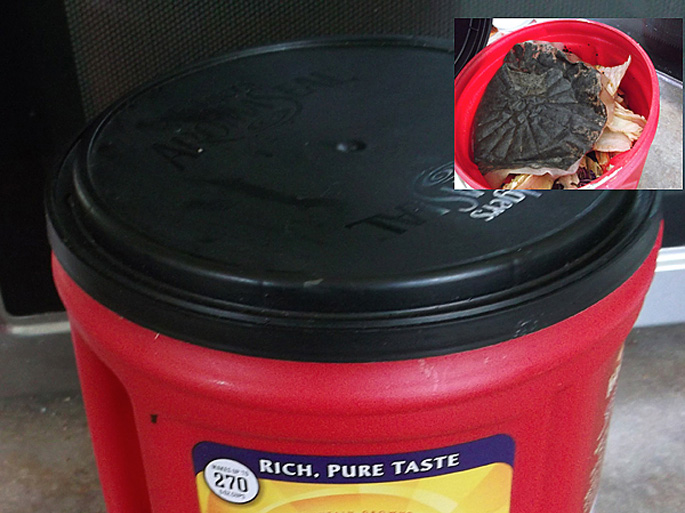
Make a kitchen compost pail
A compost pail is useful for storing your daily food waste. While these bins are small, chopping up food scraps can optimize space. Here are a few simple steps to make your own compost pail:
- Reuse a coffee container with a resealable lid.
- Drill 1/4″ holes into the lid to allow air to circulate and odor to dissipate.
- Line your container with newspaper; it will soak up any juices; making it easier to clean. Also, it’s fully compostable; containing vegetable based inks.
- Add a little garden soil to help remove unwanted odors. While you may consider carbon pet filters for convenience; garden soil is the greener alternative. It’s all natural and straight from your backyard.
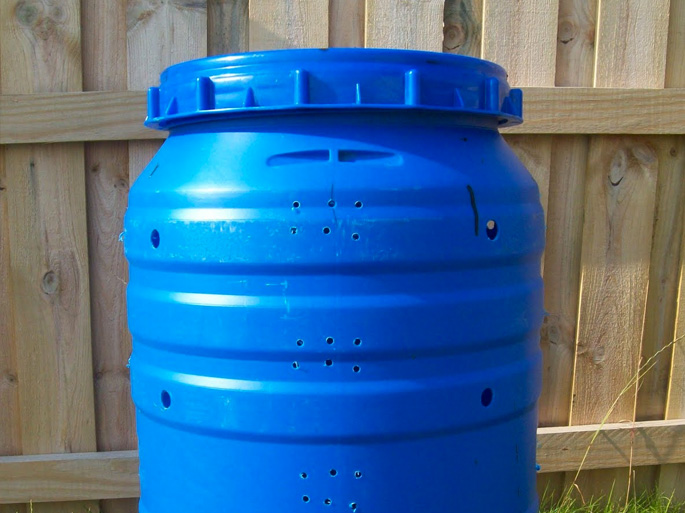
Make a backyard composter
While a DIY kitchen compost pail is great for daily use, your home composting won’t be complete without a larger outdoor bin. According to an organic gardening article on About.com, a large storage bin, 18 gallons or more is an ideal size. Also, air circulation is much more crucial here as this is where all your composting magic happens.
- Check with your local grocery store or restaurant to see if any large olive or food barrels are available. These reusable & resealable plastic containers will deter pests and are non-porous; preventing leaching of your composting goodness.
- Bore holes in the sides and the top for adequate circulation.
- Optionally, line the inside of the bin with wire mesh to keep rodents and other animals out.
What foods work best
Any organic material is compostable. Fruits and vegetables, grains, and coffee grounds are ideal as they will compost quicker. Meat, fish, dairy products and any oil or grease can be composted too, but they require a longer time for decomposition. Also, meat, dairy & grease generate more odors and are more likely to attract rodents and other vermin. As a preventative measure, consider using natural sawdust (from untreated lumber), other backyard soil, or straw to mask any smells. Yard waste, such as grass clippings & dead leaves can be added too.
What materials to avoid
Pesticides, treated wood & other materials can be toxic for your garden. Here are a few items to avoid:
- Charcoal
- Animal droppings; may contain disease
- Pressure treated lumber
- Treated fire logs
- Chemically treated plants & weeds
In the fullness of time, biochemical processes will break down the compostable material that you can harvest. Sift out the larger pieces that haven’t broken down yet and use the rest as needed in your garden. Always, check to see if your community prohibits home composting.
Image 1: http://lindercroft.wordpress.com/Image 2: http://thyme2gardennow.blogspot.ca/




































































































































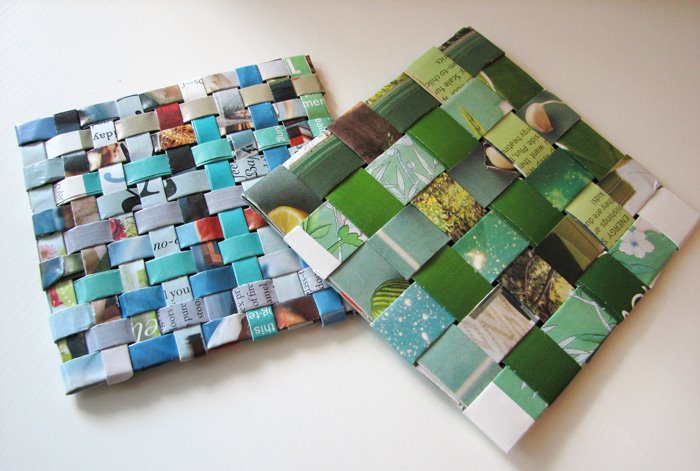 DIY: 6 household items that make great recycled swag
DIY: 6 household items that make great recycled swag 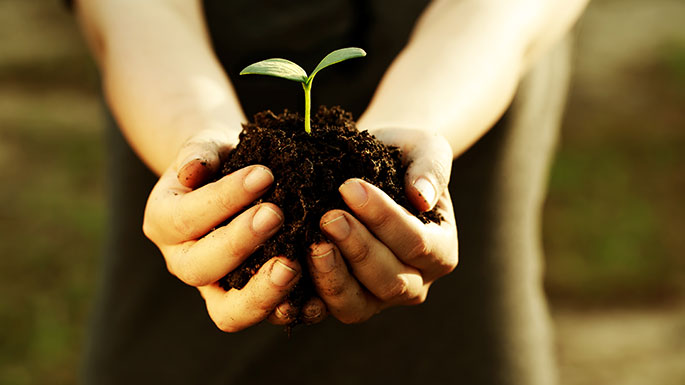 Why is composting better than recycling?
Why is composting better than recycling? 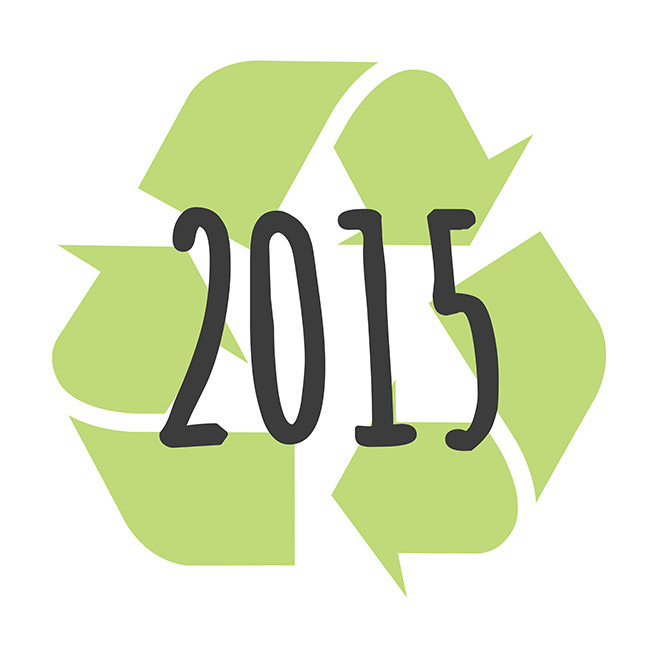 7 Days of Recycling
7 Days of Recycling 
